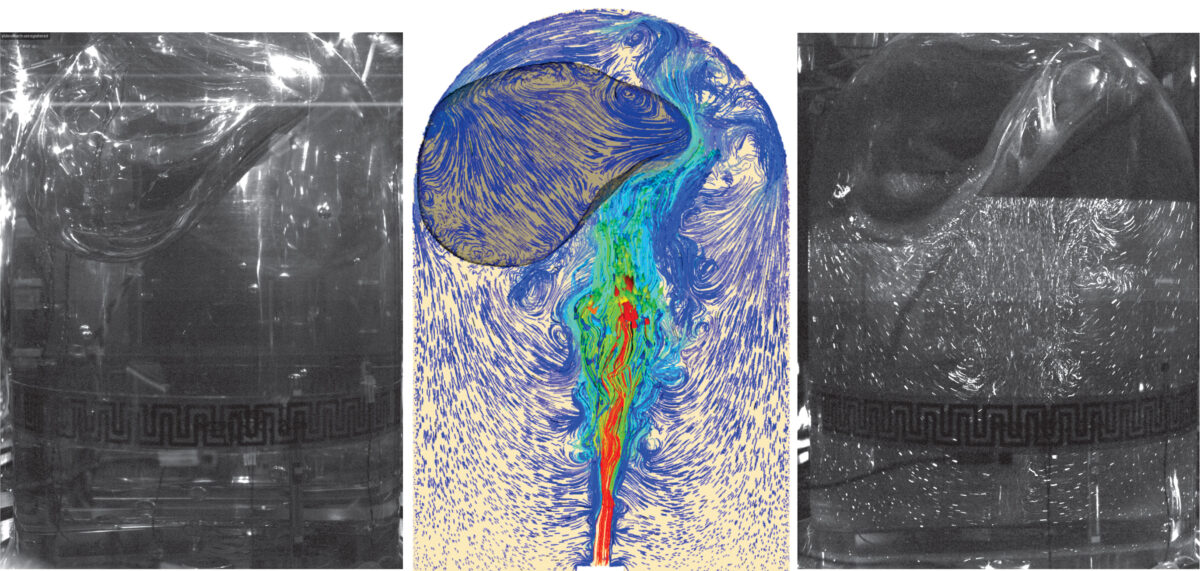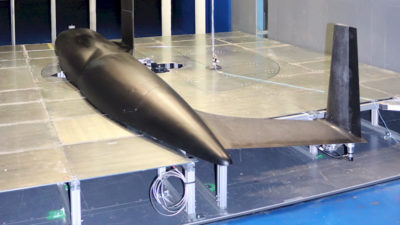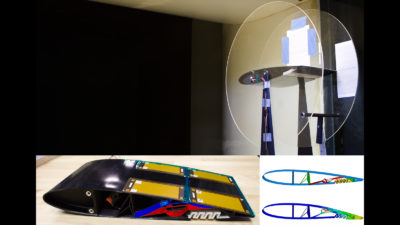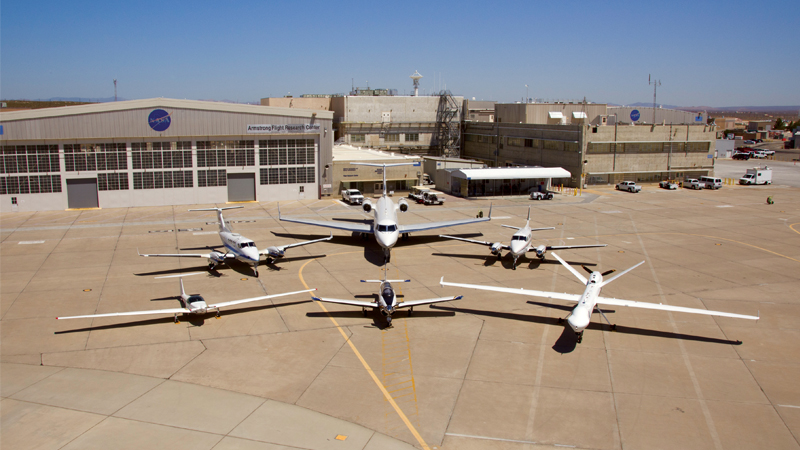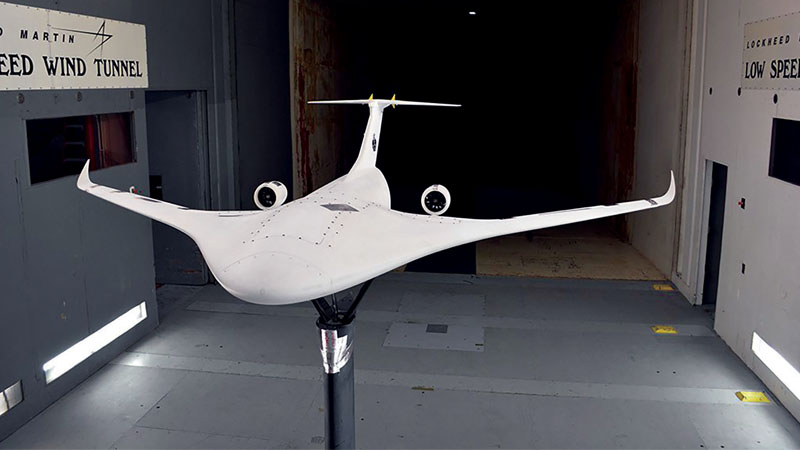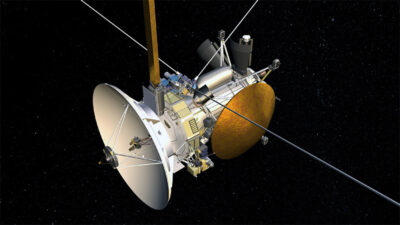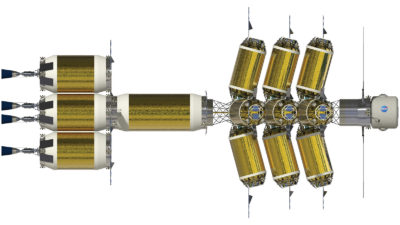A year of space station experiments, commercial launches and education initiatives
By STEVEN COLLICOTT|December 2018
The Microgravity and Space Processes Technical Committee encourages the advancement and public awareness of low-gravity studies in physics, materials, biological sciences and related fields.
NASA, the Center for the Advancement of Science in Space and commercial operations contributed to milestones in the microgravity and space processing field in 2018. The ZBOT, for Zero-Boil-Off Tank, experiment was a high-profile NASA fluids payload on the International Space Station. Creative approaches by the Center for the Advancement of Science in Space, or CASIS, continued to broaden participation in the ISS by increasingly diverse groups. Commercial suborbital spaceflight was led by Blue Origin, which flew many payloads in the last 12 months.
A series of ZBOT tests on the ISS returned large sets of data. ZBOT studies cryogenic propellant processes in weightlessness, including self-pressurization, temperature control, and thermal and two-phase fluid effects of mixing jets for thermal control. In addition to knowledge gained from observations on orbit, many years of substantial ground-based computational fluid dynamics modeling efforts provided for rapid comparisons with flight data. ZBOT was returned to Earth for additional ground-based experimentation.
CASIS again collaborated with the National Science Foundation to solicit proposals for fluids experiments on ISS. CASIS physical sciences payloads included an experiment to examine the characteristics of freeze-drying, now a common production process on Earth for pharmaceuticals, in weightlessness and a test of continuous separation of immiscible liquids for continuous-flow chemical production processes. CASIS also involved U.S. high school students with its “Guardians of the Galaxy Space Station Challenge,” which solicited experiment proposals on two themes. CASIS announced in May the two experiments selected to fly on the ISS are a test of a misting device for hydrating plants in zero gravity and an evaluation of the efficacy of a dental adhesive when applied in zero gravity.
The commercial reusable suborbital rocket industry continued to develop. Most notably, Blue Origin flew approximately 25 payloads for customers in 12 months. Virgin Galactic announced in April that its spaceship Unity had made its first supersonic, rocket-powered flight. The company reported a second test flight in May. Exos Aerospace launched its 50-centimeter-diameter, 10-meter-tall suborbital SARGE rocket for the first time in August at New Mexico Spaceport America. Exos aborted the test flight midway during ascent for what it said was a safety reason. The company said it recovered the rocket with “damage only to sacrificial components.”
Blue Origin and NanoRacks offered K-12 classrooms the possibility of sending experiments to space with their “Feather Frame” payload format. Initial K-12 payloads flew in December 2017, including the successful second-grade “Zero-gravity Glow Experiment,” which demonstrated firefly glow in zero gravity. For approximately half the cost of high school football uniforms, $8,000, any K-12 school can fly a 2U-sized payload on Blue Origin’s New Shepard suborbital rocket. Supporting efforts for this opportunity are emerging, including the nonprofit Arete-STEM Project to assist teachers and the free 2U-sized “Purdue School Launchboxes,” which are provided free to teachers to enable them to focus on the education and science in payloads.
Images: In the Zero-Boil-Off Tank experiment, from left, a white-light image, computational fluid dynamics model results, and a particle image velocimetry image depict the fluid flow and deformation of the vapor bubble by a liquid jet during forced-jet mixing pressure control experiments on the space station. Visible is the upper 75 percent of a small-scale fuel tank. The experiment’s intended application is to lead to the development of fuel depots on orbit for long-duration interplanetary missions. Credit: NASA

